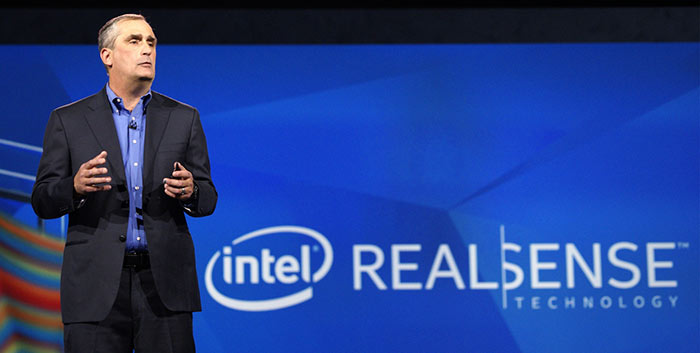Intel is building a reference design for an augmented reality headset, according to a new report published by the Wall Street Journal (WSJ). The chipmaker hopes to integrate its RealSense imaging technology in the project as it seeks to popularise its components outside of the PC arena and in market growth sectors like wearables, IoT, automotive and so on. The WSJ notes, as well as its insider tipoff about Intel's AR project, Intel has acquired at least five companies working on augmented-reality technology, spending between up to $500 million, and has invested in and joined with others.

RealSense imaging in a laptop
VP and GM of Intel's perceptual computing group, Achin Bhowmik, didn't comment about the AR headset rumours directly but responded to the WSJ's questions by saying that Intel has a tradition of building prototypes to help customers envision the use of its components in real-world products. "We have to build the entire experience ourselves before we can convince the ecosystem," Bhowmik reasoned.
RealSense cameras are being seen more and more in personal computers but Intel would like them to be used in growing markets such as wearables and AR/VR devices. In a CES demo, a startup called IonVR used a mobile phone based headset with RealSense camera to mix the real images of a wearer's arms with the virtual environment for interactivity.

Looking at other Intel AR partners, we can see that Los Angeles startup Daqri is promoting a kind of high-tech hard hat for industry applications. The helmet includes AR features combined with thermal sensors to show the wearer things in their environment that may be overheating. So an engineer wearing the Daqri hard hat could quickly see and deal with components that needed attention, for example.
Going forward "Intel plans to show off mobile virtual-reality experiences at a conference later this month," reports the WSJ. Another of the paper's sources says Intel is collaborating with HoloLens maker Microsoft on this as yet unannounced AR project. Could that mean a RealSense enhanced Microsoft HoloLens is on the way?













